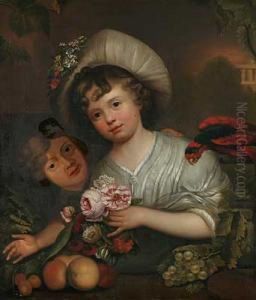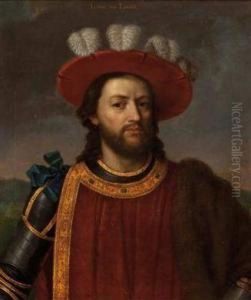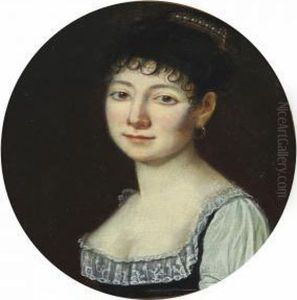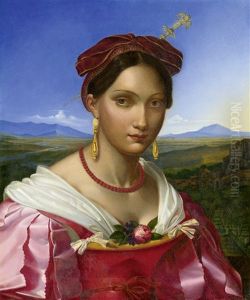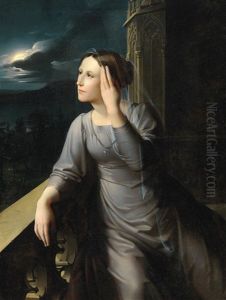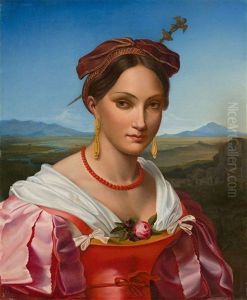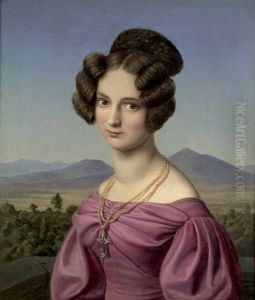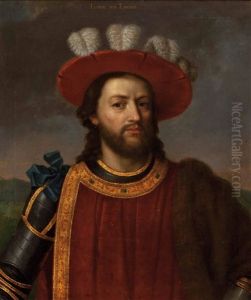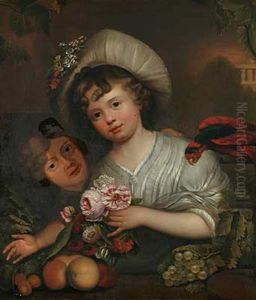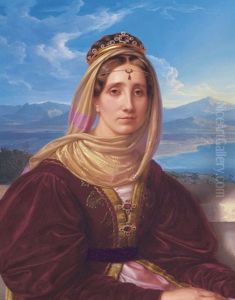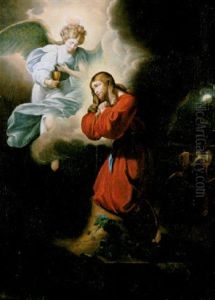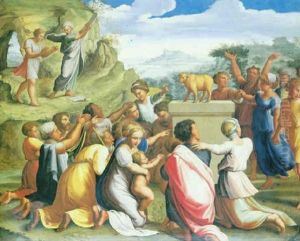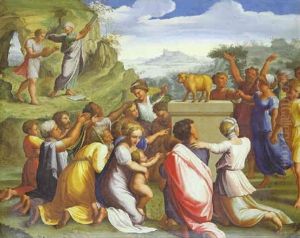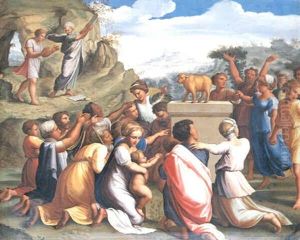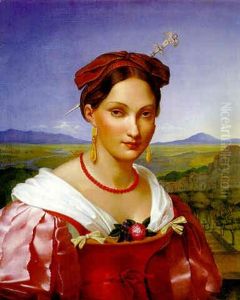Karl Wilhelm Wach Paintings
Karl Wilhelm Wach was a German painter born on November 11, 1787, in Berlin. He was part of the early 19th-century movement of German Romanticism, which was characterized by its emphasis on emotion and individualism, as well as glorification of the past and nature. Wach received his initial training in art from his father, who was also a painter. He later continued his studies at the Prussian Academy of Arts under the tutelage of renowned artists of the time.
Wach's career was shaped by his travels through Germany, Italy, and France, where he was exposed to the works of the Old Masters and the contemporary art movements. His time in Italy, in particular, had a profound impact on his style and subject matter. He developed a keen interest in history painting and became well-known for his portrayals of historical and mythological scenes, as well as his portraiture.
In 1815, Wach returned to Berlin and became a member of the Berlin Academy. He was appointed a professor at the academy in 1828, a position that allowed him to influence a generation of young artists. Wach's works were well-regarded in his time, and he received commissions from various patrons, including members of the Prussian royal family.
Throughout his career, Wach remained committed to the Romantic ideal of art as a vehicle for emotional expression and moral reflection. His paintings, characterized by their vivid detail and rich coloration, often conveyed a sense of drama and intensity that was typical of Romantic art. Despite the changing artistic trends of his time, Wach remained faithful to the Romantic style until his death on December 25, 1845, in Berlin.
Karl Wilhelm Wach's legacy lives on through his contributions to German Romanticism and his influence on the students he taught at the Berlin Academy. His works are preserved in various art collections and museums, offering insight into the Romantic spirit that dominated the early 19th century European art scene.
